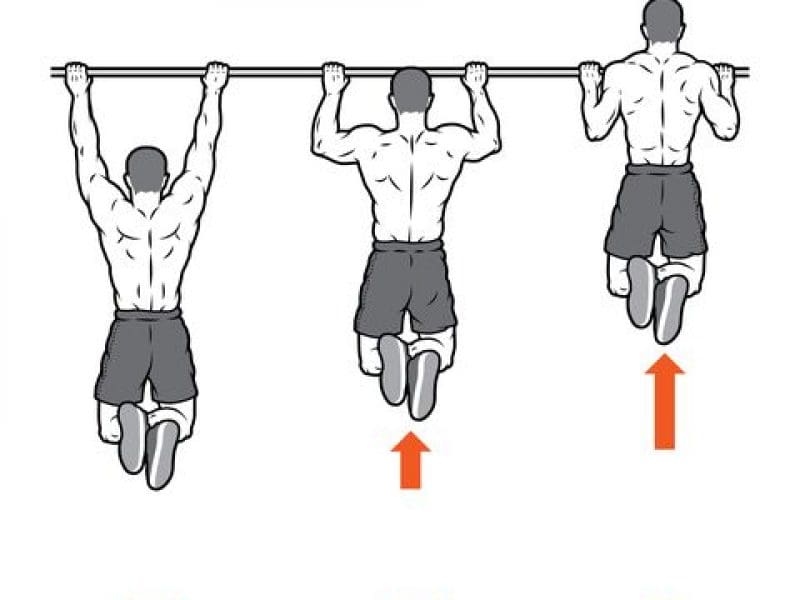The higher you climb, the more serious the associated risks become. Unfortunately, there are no specific factors that contribute to someone developing altitude sickness and acute mountain sickness – it doesn’t discriminate according to age, sex, or physical fitness. Someone who has previously suffered is no more likely to suffer in the future. Knowing that these risks exist, you should do what you can to minimize any other dangers and train to become as fit as you can in the time before your high altitude trek. High Altitude Trek
Do you ask what is a High-Altitude Trek?
8000 ft – 11500 ft: High Altitude (Beas Kund Trek)
11500 ft – 18000 ft: Very High Altitude (Pin Parvati Pass )
18000 ft and above: Extremely High Altitude
30000 ft and above: Death Zone
High Altitude Trek
That said there are some guidelines for getting in shape before a high-altitude climb. You just need to balance physical training with mental preparation. Because when lightning strikes, you lose cellular service (and your route), someone in your party feels sick, or your blisters get the best of you, having ripped calves will only get you so far up the mountain.
Follow this preparation guide for your high altitude trek and you will enjoy it, even more, giving you more time to concentrate on your breathtaking surroundings and not the breathtaking air.
1. Boosting Your Aerobic Fitness High Altitude Trek
No surprise here, but the best way to prepare for trekking at altitude is to practice trek at an altitude. If you have access to areas above 5,000 (and the higher the better) take advantage of this opportunity as much as possible. Those who don’t have this access will need to work even harder to prepare for trekking at high altitudes. As any physical activity at a high altitude is more challenging, you want to account for this by making your workouts more challenging in several possible ways:
- Hike steep hills.
Going uphill should account for the bulk of your training! Besides outdoor trails, try a Stairmaster on a fast setting or long flights of stairs in a stadium or office or Appartment.
 Hike with a loaded pack.
Hike with a loaded pack.
Though you will not be carrying more than a daypack on your expedition, train with a loaded pack (9—20 Kgs.). Try filling your pack with one-gallon water jugs, and emptying them when you reach the top—this way you save your knees the stress of hiking downhill with a load. High Altitude Trek
- Hike at a faster pace than you are used to.
- Limit your rest breaks as much as possible.
Other aerobic activities such as biking, swimming, and running are great complements to an uphill hiking-based training routine.
2. Strength Training High Altitude Trek
Focus on building strength in your back, shoulders, arms, and abdominal muscles. Your leg muscles will get stronger through aerobic training, but you can also include exercises that specifically work your legs if you feel up to it.
The following exercises can be done at home:
- Two sets of sit-ups (abdominal crunches) as many as you can do.

- Three sets of pull-ups and/or chin-ups– up to fifteen repetitions per set.

- Three sets of as many push-ups you can do–up to forty repetitions per set.
3. Staying Hydrated High Altitude Trek
Your body will require an increased fluid intake when during your climb at altitude. Running low on fluids diminishes your endurance, contributes to fatigue, and makes you more susceptible to getting altitude illness.
Focus on staying well hydrated during your training. Your body will need it with your workouts, but it also needs to get used to hydrating. You will need to drink large amounts of liquids during your climb (three to four quarts per day minimum) and your body should now start getting used to taking in those copious amounts.
4. Focus on Optimizing Sleep
Strive to get at least eight hours of sleep a night during your training. People often have trouble sleeping at higher altitudes, and diminished sleep will make your expedition much more challenging.
Staying hydrated will help you sleep better, and so will making sure you have the right equipment to be comfortable. Try out your sleeping set up for a few nights before your trip to get used to it and make sure you are comfortable. High Altitude Trek
It is also a good idea to get used to sleeping with earplugs, as they are helpful on windy nights on the trail.High Altitude Trek
 Weekly training schedule
Weekly training schedule
Three Months Prior
Build a strong foundation of fitness for the mountains. Focus on dedication during this month. Make a personalized training schedule and stick to it.
Day 1: Hike uphill for at least 40 min; do push-ups, sit-ups, and pull-ups
Day 2: Jog for at least 30 min.
Day 3: Hike uphill for at least 40 min; do push-ups, sit-ups, and pull-ups.
Day 4: Jog for at least 30 min.
Day 5: Hike uphill for at least 40 min; do push-ups, sit-ups, and pull-ups.
Day 6: Do something fun where you can get a workout (cross country ski, bike, paddle, etc.)
Day 7: Rest
Notes: Stairmaster or stair-climbing may be substituted for an uphill hike. Swimming or biking may be substituted for jogging. Biking, however, should be challenging – uphill or longer than 30 min. High Altitude Trek
Two Months Prior
Build endurance and strength. Keep workouts challenging and fun.
Day 1: Hike uphill for at least 40 min with a weighted pack; do push-ups, sit-ups, and pull-ups. High Altitude Trek
Day 2: Jog for at least 35 min.
Day 3: Hike uphill for at least 40 min with a weighted pack; do push-ups, sit-ups, and pull-ups.
Day 4: Jog for at least 35 min.
Day 5: Hike uphill for at least 40 min with a weighted pack; do push-ups, sit-ups, and pull-ups.
Day 6: Do something fun where you can get a good workout (cross country ski, bike, paddle, etc.) High Altitude Trek
Day 7: Rest
Notes: Every other week, do a 10-15-mile hike that is a full day of 6-8 hours of hiking with short breaks.
One Month Prior
Step everything up in intensity. Hike and jog at a faster pace. Add more weight to your pack. Add another set of push-ups, sit-ups, and pull-ups. When you feel like quitting, go even further. High Altitude Trek
Challenge yourself this month to gain mental toughness. Be sure to test out your gear extensively this month. Try to consume at least three to four quarts of water per day.
Day 1: Hike uphill for at least 45 min with a weighted pack; do push-ups, sit-ups, and pull-ups. High Altitude Trek
Day 2: Jog for at least 35 min
Day 3: Hike uphill for at least 45 min with a weighted pack; do push-ups, sit-ups, and pull-ups
Day 4: Jog for at least 35 min
Day 5: Hike uphill for at least 45 min with a weighted pack; do push-ups, sit-ups, and pull-ups.
Day 6: Hike at least six hours with a weighted pack.
Day 7: Rest
Notes: Plan at least one overnight backpack trip where you can test out your sleeping gear. High Altitude TrekHigh Altitude Trek
It is very important to check with your doctor!
Speak to your doctor before you start a new training regime to ensure you have no pre-existing conditions that will stop you from walking at a high altitude. If you’ve got the all-clear from your physician, let’s begin! High Altitude Trek.
how to train for a trek , how to train for trekking trip , how to train for a mountain trek , how to train for himalayan trek , how to train for alltitude hiking
how to train for hike, how to train for a hike at altitude, how to train for a backpacking hike






Comment (0)